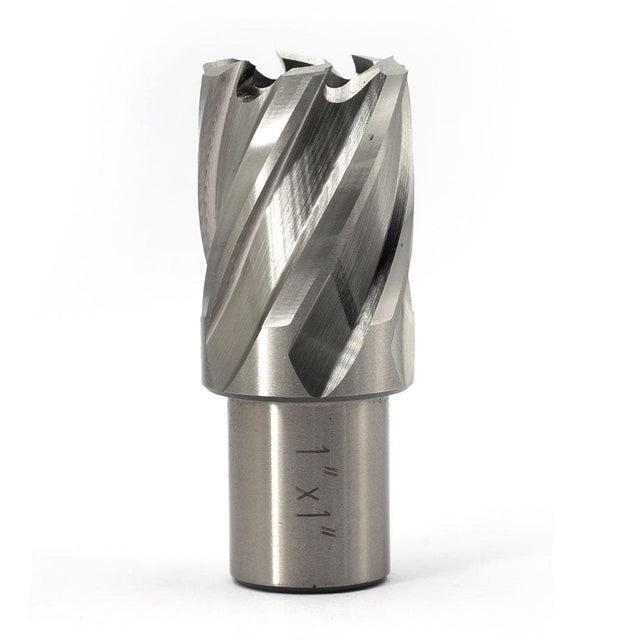When it comes to choosing between High-Speed Steel (HSS) and carbide annular cutters, several factors need to be considered. Both types of cutters have their advantages and disadvantages, so it's important to assess your specific needs and requirements before making a decision. Here's a brief overview to help you understand which option might be better for you:
HSS annular cutters are made from a high-speed steel material. They are known for their durability, affordability, and versatility. HSS cutters can effectively cut through a wide range of materials, including steel, stainless steel, aluminum, and wood. They are suitable for both hand-held and machine operations. HSS cutters are generally less expensive compared to carbide cutters, making them a popular choice for budget-conscious users.
On the other hand, carbide annular cutters are made from a carbide-tipped material, which is harder and more wear-resistant than HSS. Carbide cutters excel in applications that involve tough or abrasive materials, such as hardened steel, cast iron, or exotic alloys. They provide superior cutting performance, extended tool life, and exceptional heat resistance. Carbide cutters are often preferred for high-production environments or when working with challenging materials.
One of the key factors to consider is the specific application or project you're working on. If you primarily work with softer materials like aluminum or mild steel, an HSS annular cutter may be a suitable choice. HSS cutters can handle these materials effectively and provide good performance at a lower cost.
However, if you frequently encounter harder materials like stainless steel or require precise and clean cuts, a carbide annular cutter would be more appropriate. Carbide cutters can withstand higher cutting speeds and generate less heat, resulting in improved accuracy and reduced tool wear. They are particularly beneficial for heavy-duty applications or when working with heat-treated metals.
Additionally, the expected tool life and frequency of cutter replacement should be considered. Carbide annular cutters generally have a longer tool life compared to HSS cutters due to their hardness and wear resistance. This can result in reduced downtime and increased productivity. However, it's worth noting that carbide cutters are more expensive upfront, so the cost of replacement should be factored into the long-term budget.
In conclusion, choosing between HSS and carbide annular cutters depends on your specific needs, materials you work with, and budget constraints. HSS cutters offer affordability and versatility for general-purpose applications, while carbide cutters provide superior performance and extended tool life for demanding materials and high-production environments. Assessing your requirements and considering the factors mentioned above will help you make an informed decision.

Barabanki(U.P.) - 225122
+91 9198606555, 8756271333